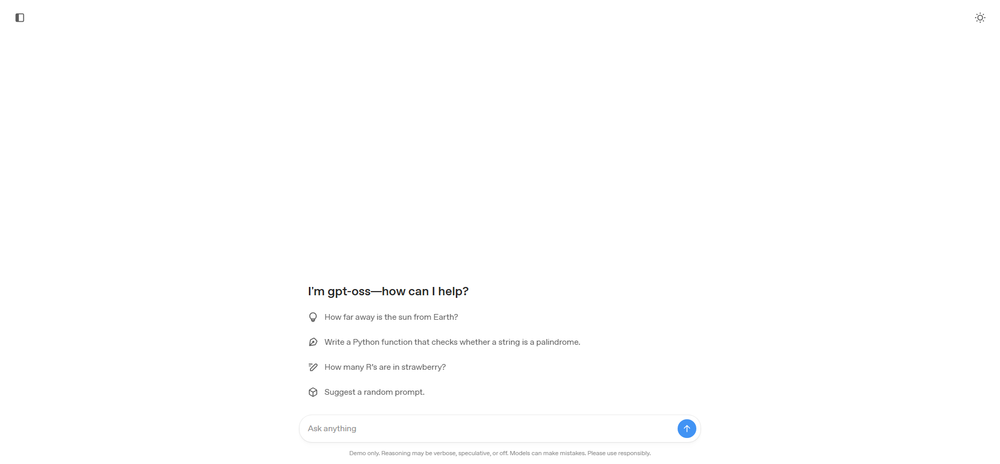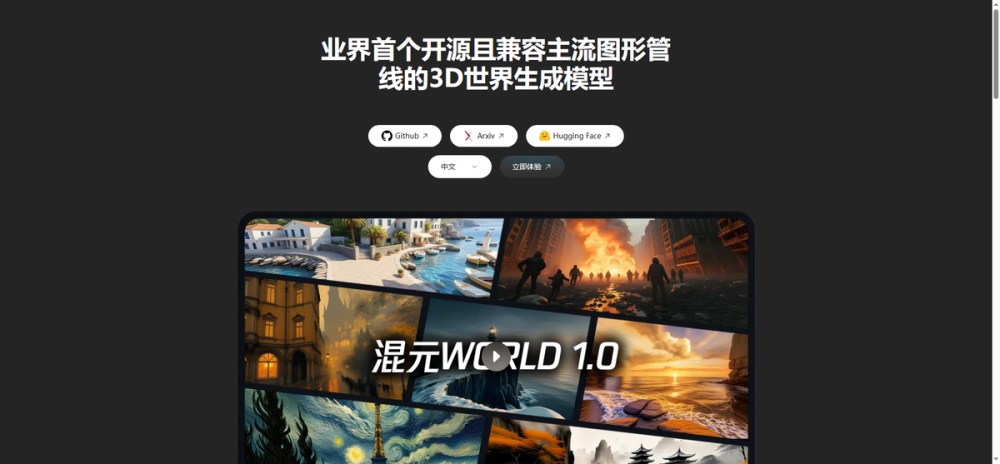QVQ-Max: Alibaba’s Advanced Vision Reasoning Model
QVQ-Max is a vision reasoning model developed by Alibaba, based on Qwen2-VL-72B. It is designed to enhance AI’s capabilities in visual understanding and solving complex problems.
Key Features
-
Multimodal Reasoning Capability
- Cross-Modal Information Processing: QVQ-Max can process multiple data types, including text and images, integrating and reasoning across them. This enables the model to analyze both image content and textual descriptions comprehensively, leading to in-depth reasoning.
-
Powerful Visual Understanding
- Precise Image Analysis: The model has exceptional image parsing capabilities, allowing it to identify objects, scenes, and their interrelations. This provides a solid foundation for further reasoning and decision-making.
-
Expertise in Solving Complex Problems
- Mathematical and Scientific Reasoning: QVQ-Max excels in mathematical and scientific domains, employing advanced reasoning algorithms and mathematical knowledge for precise calculations and logical derivations. It can handle a range of tasks, from basic arithmetic to complex theorem proofs.
-
Step-by-Step Reasoning Mechanism
- Transparent Thought Process: The model adopts a step-by-step reasoning approach, breaking down complex problems into a series of logical steps. This improves answer accuracy and reliability while making the reasoning process more interpretable.
-
High-Performance Evaluation
- Outstanding Benchmark Scores: QVQ-Max achieved an impressive score of 70.3 on the MMMU benchmark test, demonstrating its superior capabilities in vision reasoning, particularly for complex visual reasoning tasks.
-
Wide Range of Applications
- The model is applicable in various fields, including image-based question answering, solving mathematical problems, content creation, and code generation, highlighting its extensive potential.
Application Scenarios
1. Medical Imaging Analysis
- Assisted Diagnosis: QVQ-Max can analyze medical images such as X-rays, CT scans, and MRIs, identifying abnormal structures and pathological features to support more accurate diagnoses. For example, it can detect small nodules in early lung cancer diagnosis and provide initial diagnostic recommendations based on their characteristics.
- Treatment Effectiveness Evaluation: During disease treatment, the model can compare medical images from different time points to assess treatment effectiveness, helping doctors adjust therapeutic plans.
2. Autonomous Driving Technology
- Real-Time Environmental Analysis: In the field of autonomous driving, QVQ-Max plays a crucial role by processing and interpreting visual data from onboard cameras in real time. It accurately identifies objects such as vehicles, pedestrians, and traffic signs.
- Safe Decision-Making Support: With its deep understanding of visual information, QVQ-Max aids autonomous vehicles in making rational driving decisions, ensuring safety—especially in complex traffic scenarios.
3. Intelligent Security
- Anomaly Detection: In security monitoring, QVQ-Max analyzes surveillance footage in real time to quickly detect unusual behaviors or potential security threats, such as crowd gatherings or violent incidents, and trigger timely alerts.
- Monitoring Equipment Status: The model can recognize unfamiliar individuals and vehicles, track equipment operation status, and enhance security in monitored areas.
4. Education Assistance
- Personalized Learning Experience: QVQ-Max provides students with personalized learning support, helping them grasp complex concepts. In mathematics education, for example, the model can guide students through step-by-step reasoning to understand problem-solving approaches.
- Experiment Analysis: In science education, the model explains experimental principles and analyzes data, helping students gain deeper insights into scientific concepts.
5. Natural Language Processing
- Image Captioning: QVQ-Max can automatically generate descriptive text based on image content, enhancing interaction between visual and textual information.
- Intelligent Customer Service: In customer support, the model can automatically respond to inquiries, answer common questions, and improve customer satisfaction.
6. Cross-Domain Applications
- Smart Home Systems: QVQ-Max can process data from cameras, microphones, and various sensors, enabling comprehensive environmental perception and enhancing the intelligence and user-friendliness of smart home solutions.
- Financial Data Analysis: In the finance sector, QVQ-Max demonstrates outstanding performance in handling complex financial data, providing accurate analysis and decision-making support.




